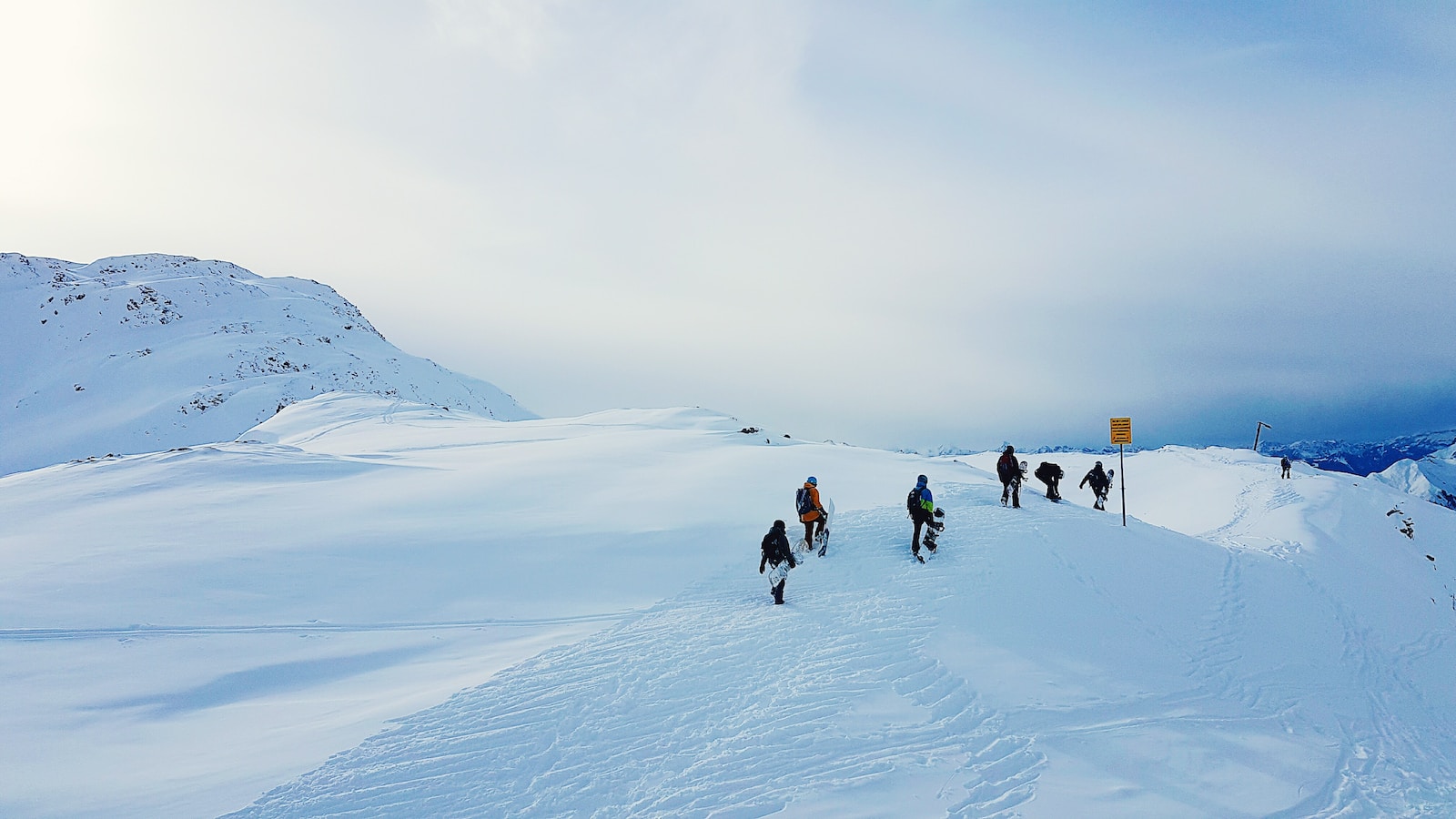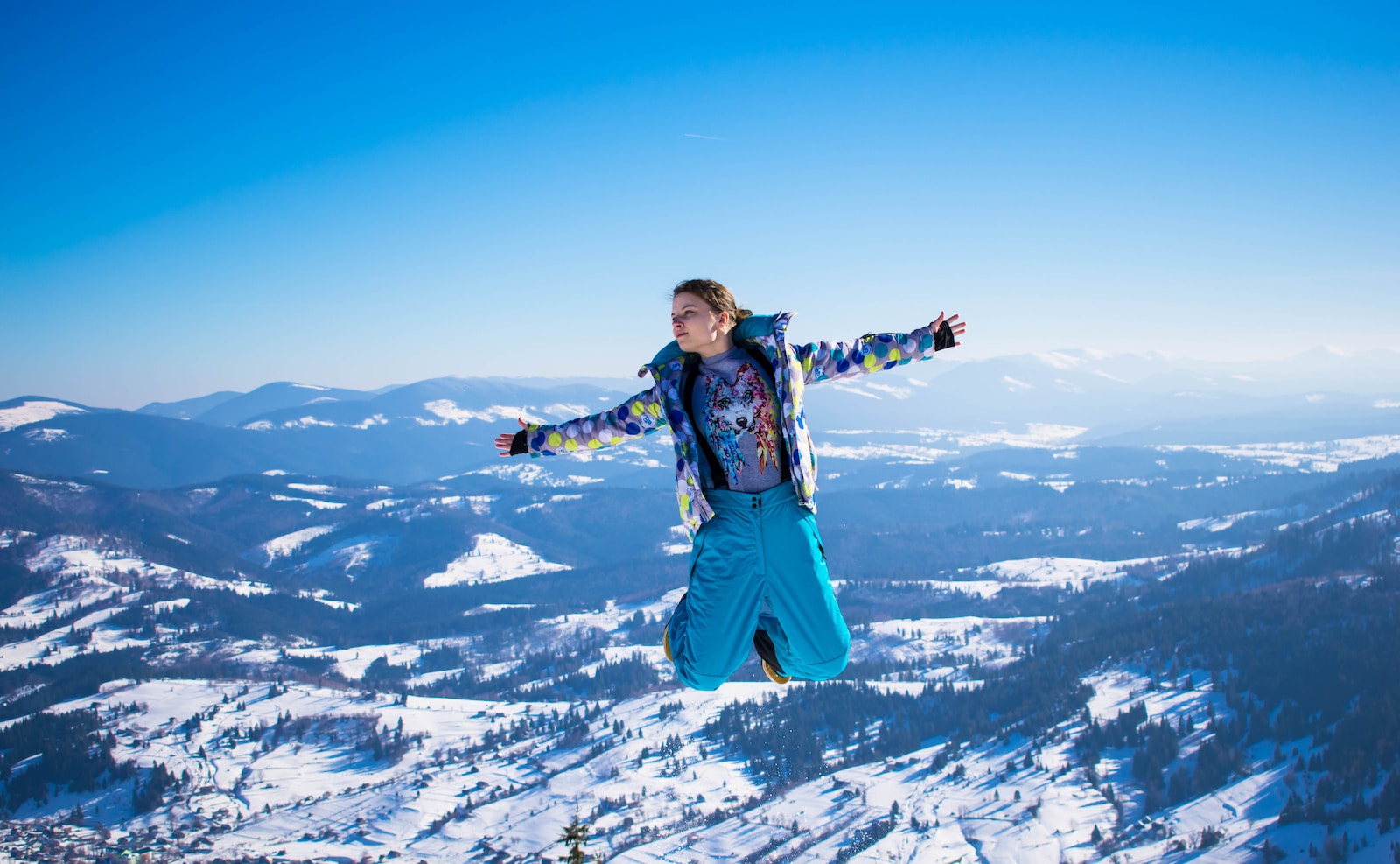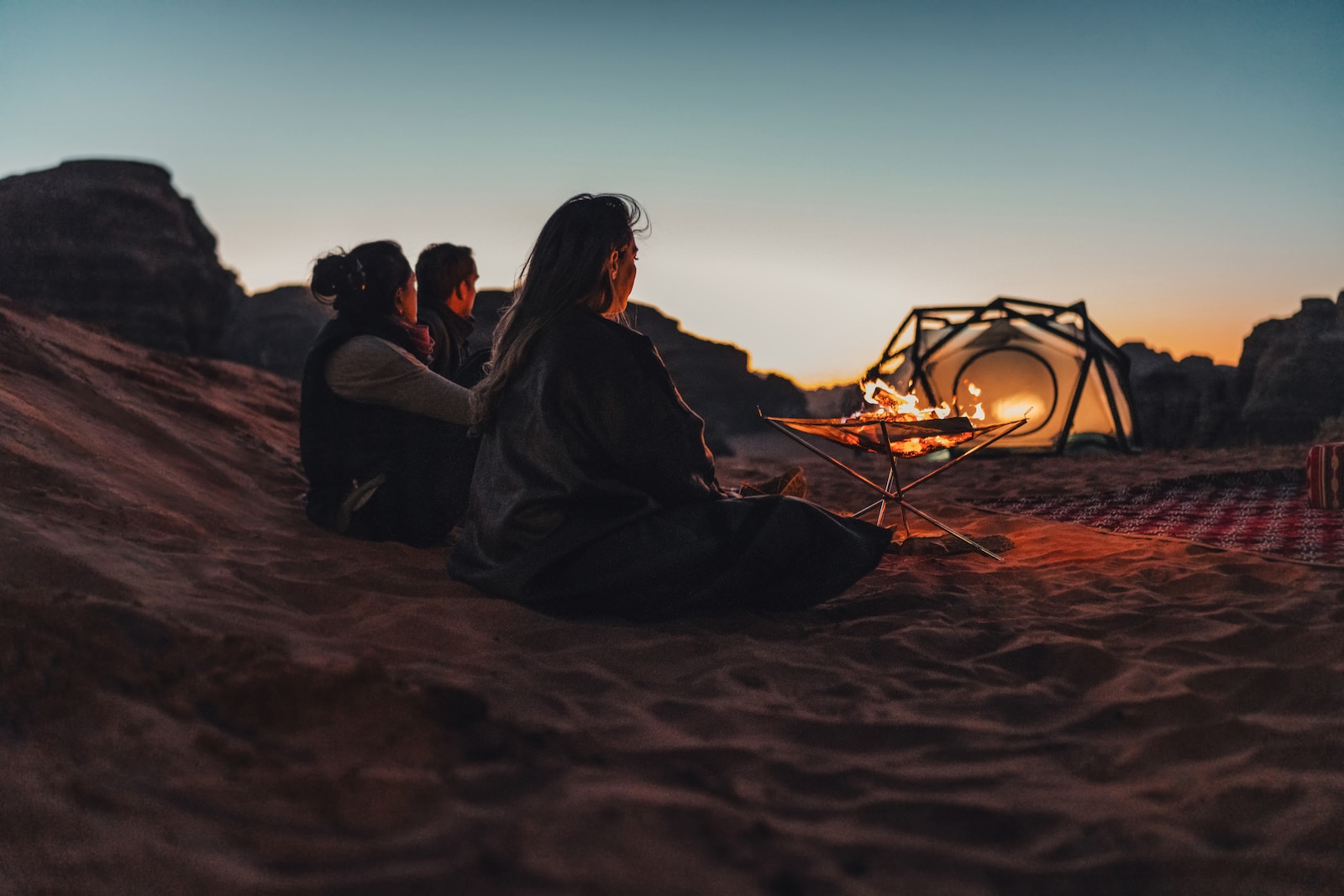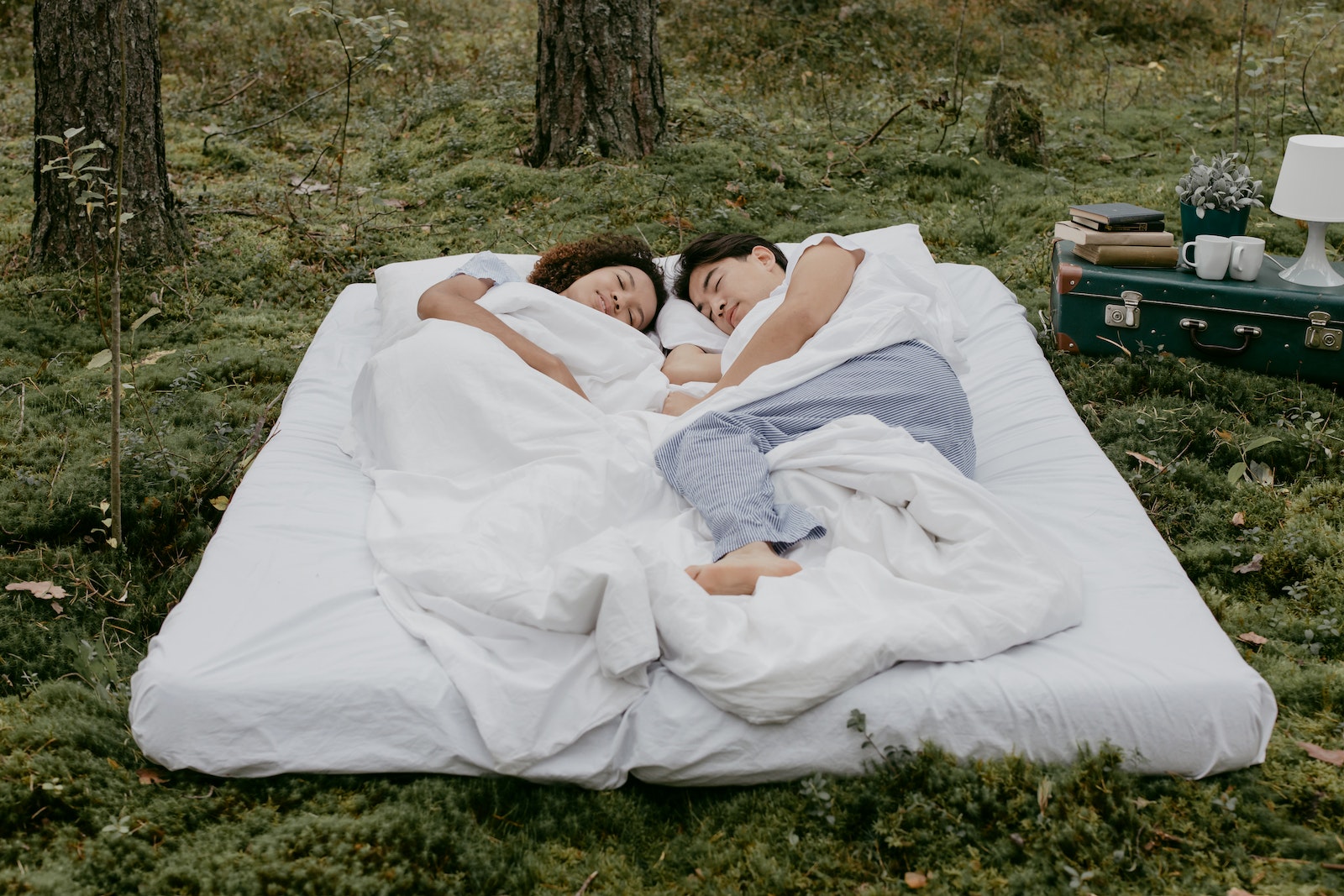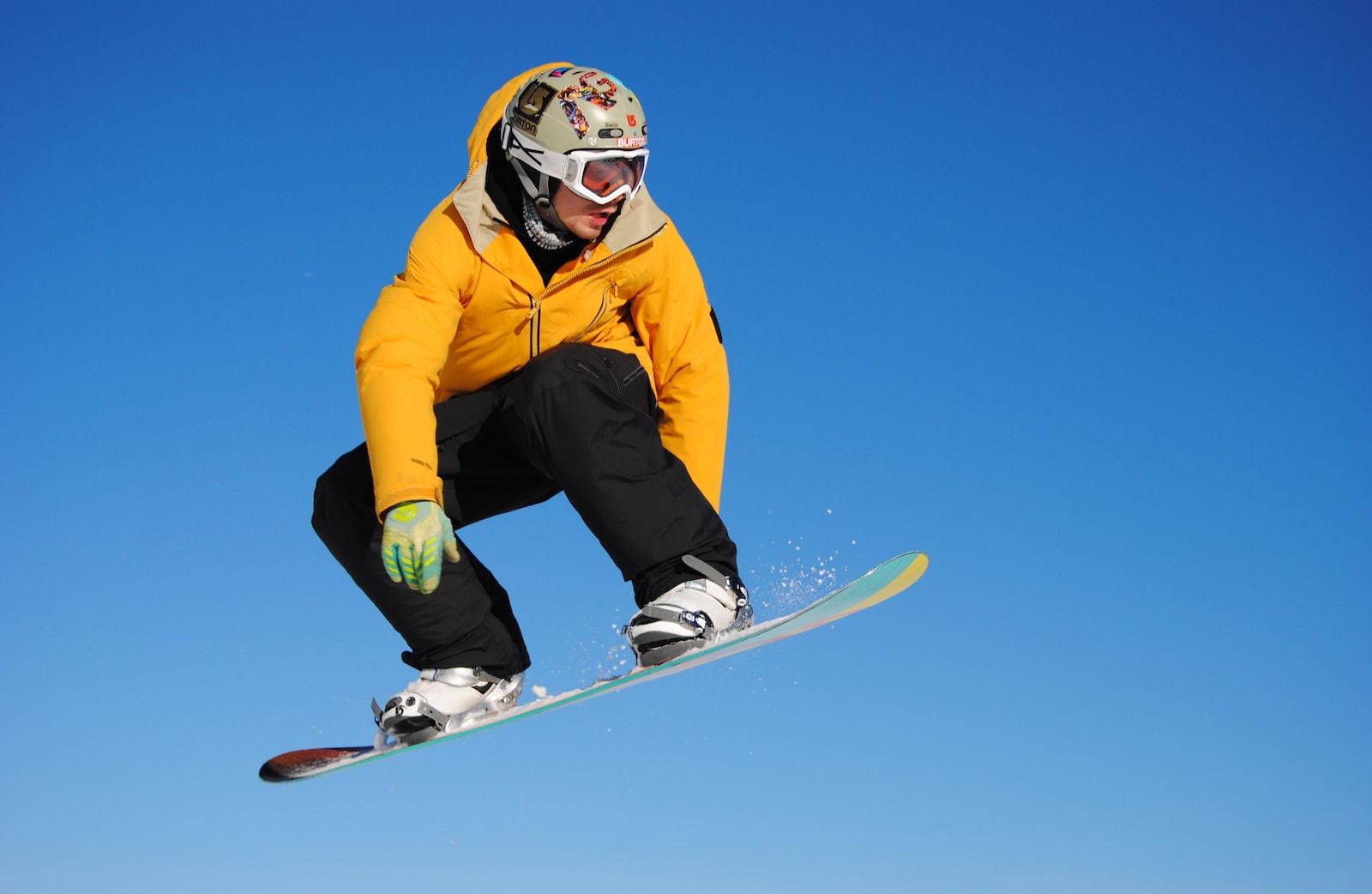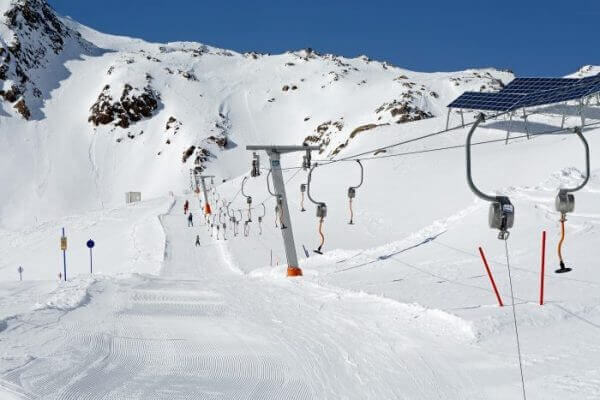Introduction
Winter camping is not for the faint-hearted. It’s for those who crave adventure, who seek the thrill of braving the cold, and who find beauty in snow-covered landscapes. As the temperature drops and the snow begins to fall, a new world of camping opportunities opens up. This guide will take you through the magic of winter camping, the essential gear you’ll need, safety tips, and some of the best destinations to pitch your tent in the snow.
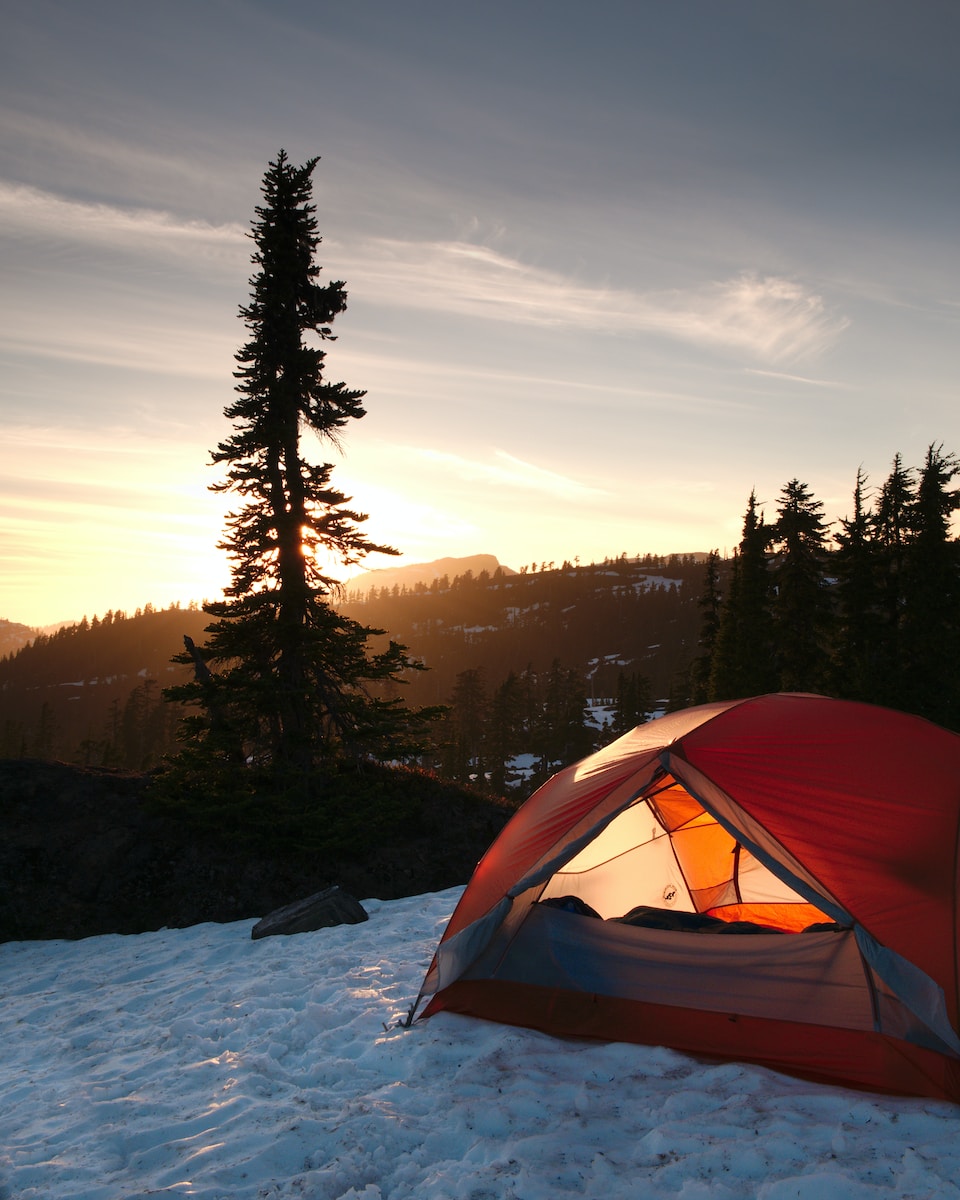
The Appeal of Winter Camping
The Magic of Snow-Covered Landscapes
There’s something truly magical about stepping out of your tent on a crisp winter morning to see the world transformed by a blanket of snow. The trees are adorned with white, the lakes are glistening with ice, and the air is filled with a serene silence that’s only broken by the crunch of your boots on the snow. It’s like stepping into a winter wonderland, a world that’s vastly different from the green, bustling landscapes of summer camping.
Winter camping offers a unique perspective on nature. It allows you to experience the wilderness in its most peaceful state, to see the landscapes you thought you knew in a whole new light.
Fewer Crowds, More Serenity
One of the biggest advantages of winter camping is the peace and tranquility. As the temperature drops, so do the crowds. The trails are less crowded, the campsites are quieter, and the experience is more serene. It’s just you, your companions, and the pristine winter wilderness.
This lack of crowds also means that you’re more likely to encounter wildlife. With fewer people around, animals are more likely to venture out, giving you a chance to witness nature in its rawest form.
The Thrill of Braving the Cold
Winter camping is not just about the views and the tranquility, it’s also about the thrill of braving the cold. It’s about the challenge of setting up a tent in the snow, of cooking a meal in freezing temperatures, of keeping warm in the harsh winter nights. It’s about pushing your limits, testing your resilience, and proving to yourself that you can overcome the challenges that nature throws at you.
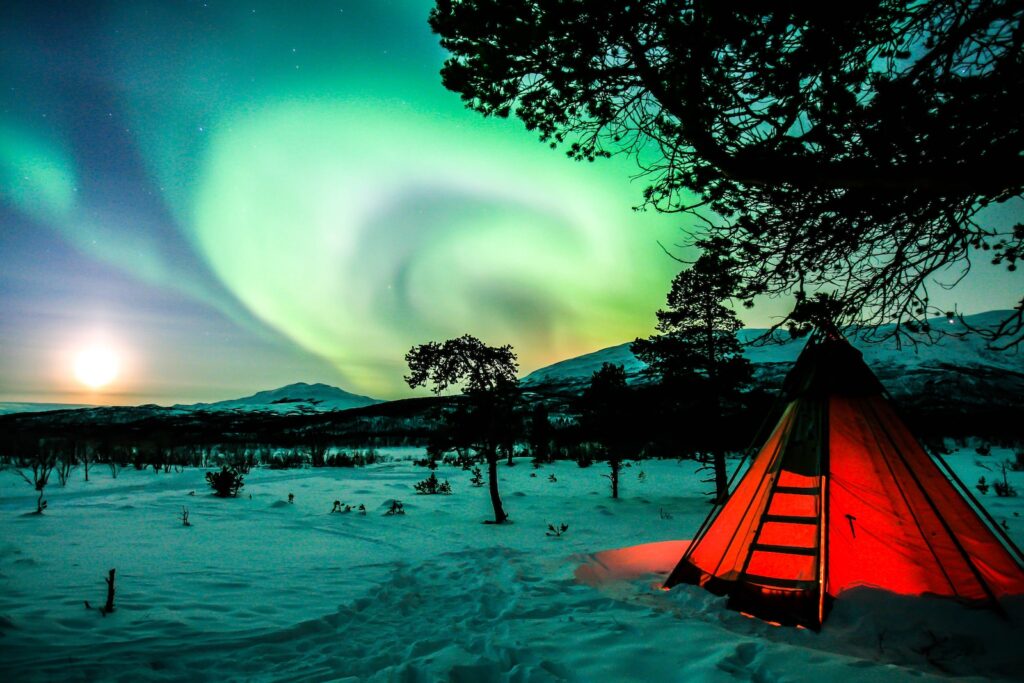
Essential Gear for Winter Camping
Choosing the Right Tent
Your tent is your home away from home when you’re camping, and in winter, it’s also your primary shelter against the harsh weather conditions. Choosing the right tent is therefore crucial for a successful winter camping trip.
A winter-appropriate tent should be strong enough to withstand snowfall and wind. Look for a 4-season tent with sturdy poles, strong fabric, and a shape that allows the snow to slide off rather than accumulate on top. The tent should also have adequate ventilation to prevent condensation, which can make the inside of the tent wet and cold.
Winter Clothing and Layering
Staying warm is crucial in winter camping, and the key to staying warm is proper clothing and layering. The idea is to trap heat and stay dry, and this is achieved by wearing multiple layers of clothing.
Start with a moisture-wicking base layer to keep sweat away from your skin. This layer should be snug but comfortable, and made of a material that dries quickly, like synthetic fabric or merino wool. Avoid cotton, as it takes a long time to dry and can make you feel cold and damp.
The middle layer is your insulating layer. This layer should be made of a material that retains heat, like fleece or down. The thickness of this layer will depend on the temperature and your activity level.
The outer layer is your protective layer. This layer should be waterproof and windproof to protect you from snow and wind. It should also be breathable to allow moisture from your body to escape.
Cooking and Hydration in the Cold
Cooking in cold weather can be a challenge. The cold can make your stove less efficient, and water takes longer to boil. Choose a stove that works well in low temperatures, like a liquid fuel stove, and always have a backup plan in case your stove fails.
Staying hydrated is equally important. The cold, dry air can dehydrate you quickly, and you might not feel as thirsty as you do in warmer weather. Keep your water from freezing by using insulated bottles and store them upside down to prevent the cap from freezing shut.
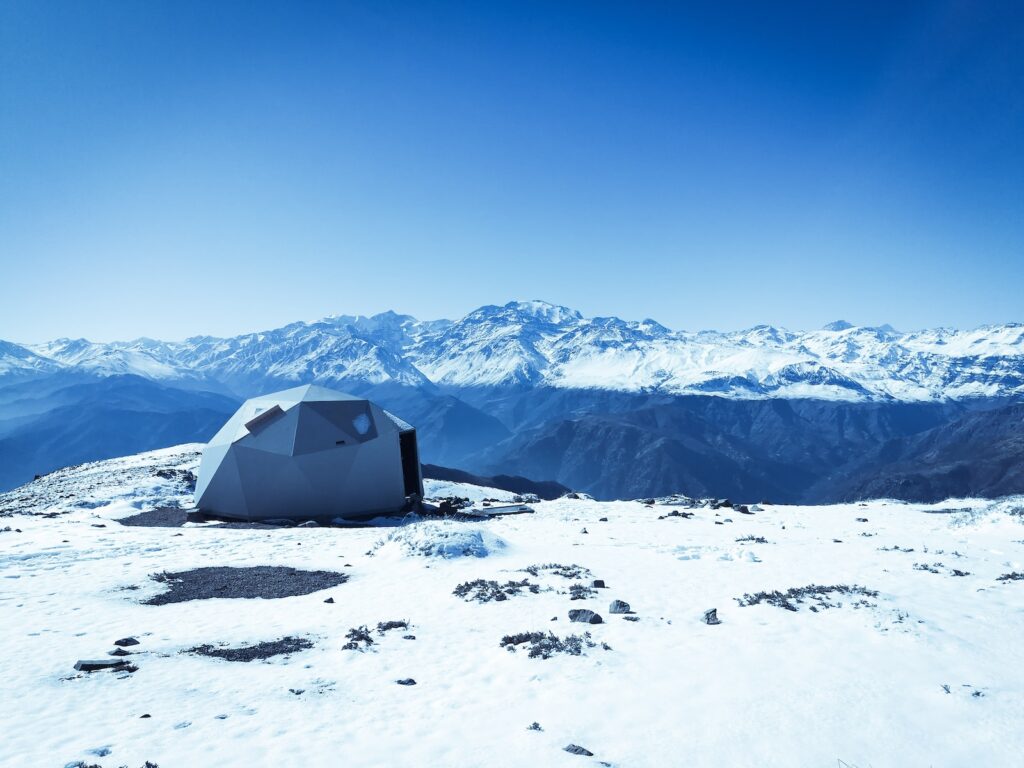
Safety Tips and Precautions
Weather and Avalanche Awareness
Before you set out on your winter camping adventure, it’s crucial to check the weather forecast for your destination. Winter weather can be unpredictable and can change rapidly. A clear, sunny day can quickly turn into a snowstorm, and temperatures can drop drastically overnight. Always be prepared for the worst, and have a plan in case the weather turns bad.
In addition to the weather, you should also be aware of any avalanche warnings in the area. Avalanches are a serious risk in mountainous areas during winter, and they can be deadly. If you’re camping in an area prone to avalanches, make sure you know how to recognize the signs of an avalanche and what to do if one occurs.
Hypothermia and Frostbite Prevention
Hypothermia and frostbite are serious risks when camping in cold weather. Hypothermia occurs when your body loses heat faster than it can produce it, causing your body temperature to drop dangerously low. Frostbite occurs when your skin and the tissues beneath it freeze.
To prevent hypothermia, stay dry and warm. Wet clothing loses its insulating properties and can make you lose heat faster. Wear moisture-wicking and insulating layers, and change out of wet clothing as soon as possible. To stay warm, eat high-energy foods and keep hydrated.
To prevent frostbite, protect your extremities. Wear warm gloves or mittens, thick socks, and a hat that covers your ears. If you start to feel numbness or tingling, or if your skin looks white or grayish, get to a warm place and seek medical help as soon as possible.
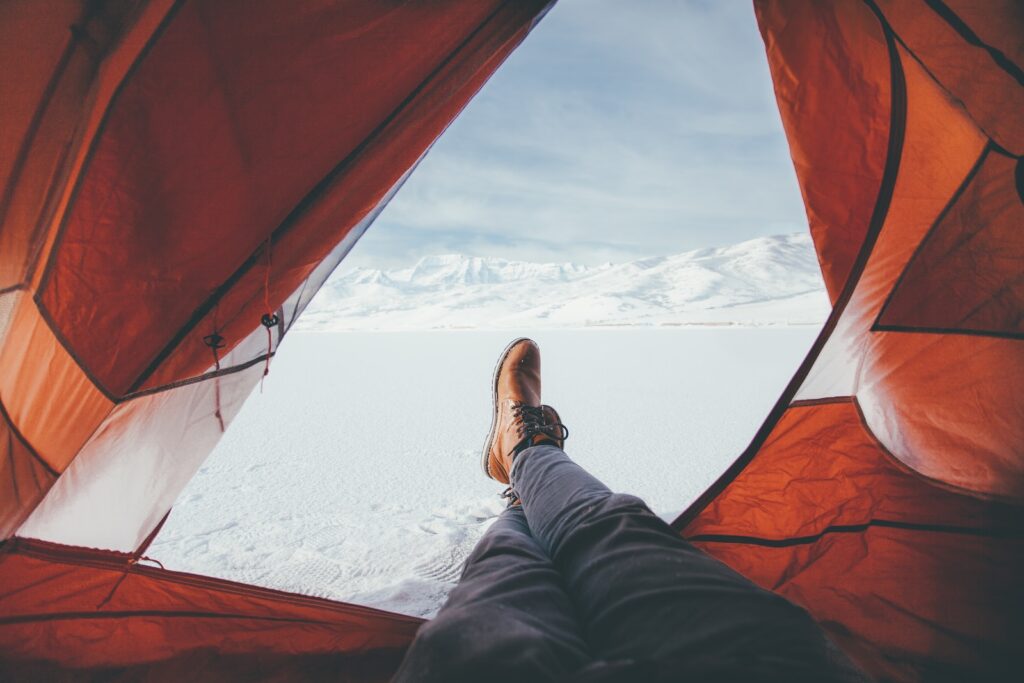
Best Winter Camping Destinations
Winter camping is a unique experience, and the destination you choose can make it even more memorable. From the snow-covered mountains of the Rockies to the frozen lakes of Scandinavia, there are countless beautiful winter camping destinations around the world. Here are a few that stand out:
The Rocky Mountains, USA
The Rocky Mountains are a winter camper’s paradise. With its stunning mountain peaks, vast forests, and abundant wildlife, it’s a place of natural beauty and adventure. There are numerous campsites and backcountry areas to choose from, each offering a unique winter camping experience.
Lapland, Finland
If you want to experience the magic of a real winter wonderland, head to Lapland in Finland. This region is known for its stunning winter landscapes, its opportunities for seeing the Northern Lights, and its unique winter activities like dog sledding and ice fishing.
Banff National Park, Canada
Banff National Park in Canada is another great destination for winter camping. The park is home to some of the most beautiful mountain scenery in the world, and in winter, it turns into a snowy playground for campers and outdoor enthusiasts. There are several campgrounds that are open year-round, offering amenities like heated washrooms and close proximity to hot springs.
The French Alps, France
The French Alps are not just for skiers and snowboarders. They’re also a fantastic destination for winter camping. With its high mountain peaks, charming alpine villages, and excellent winter facilities, it’s a place that’s sure to impress.
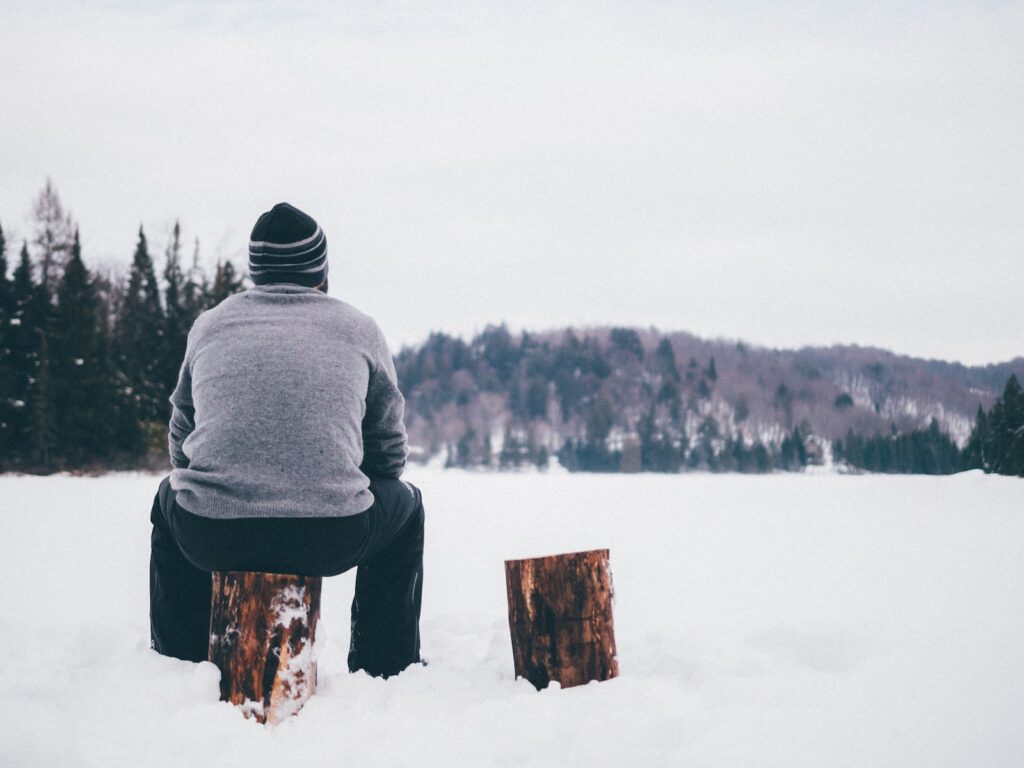
Conclusion
Winter camping is a unique and rewarding experience that offers a different perspective on nature and outdoor adventure. It’s about embracing the cold, finding beauty in the snow-covered landscapes, and enjoying the peace and tranquility of the winter wilderness. It’s also about overcoming challenges, pushing your limits, and proving to yourself that you can brave the cold.
As we’ve seen from the personal experiences shared in this article, winter camping can lead to unforgettable moments and stories. From witnessing the Northern Lights in the Yukon to encountering a fox in Yellowstone National Park, these experiences highlight the magic and allure of winter camping.
However, winter camping also requires careful planning and preparation. From choosing the right gear to understanding the risks of hypothermia and frostbite, it’s important to be well-prepared and well-informed before you set out on your winter camping adventure.
Whether you’re a seasoned camper looking for a new challenge or a winter enthusiast looking to combine your love for the cold with your love for camping, winter camping has something to offer you. So pack your winter gear, choose your destination, and set out on a winter camping adventure that you’ll remember for a lifetime.
FAQ’s
Q: What is the best time for winter camping? A: The best time for winter camping depends on the location and your comfort with cold weather. Generally, late winter or early spring, when the days start to get longer, can be a good time for winter camping. However, always check the weather forecast and be prepared for unpredictable weather conditions.
Q: How do I stay warm while sleeping? A: Staying warm while sleeping is crucial in winter camping. Invest in a good quality winter sleeping bag rated for the lowest possible temperature you expect to encounter. Use a sleeping pad for insulation from the cold ground, and wear dry, warm clothes to bed. You can also fill a water bottle with hot water and place it in your sleeping bag for extra warmth.
Q: What should I eat during a winter camping trip? A: Eating high-energy foods is important in winter camping to keep your body warm and energized. Foods high in fat and protein, like nuts, cheese, and dried meats, are good choices. Hot meals and drinks can also help raise your body temperature, so consider bringing a stove and ingredients for hot meals.
Q: How do I prevent my water from freezing? A: Preventing your water from freezing is one of the challenges of winter camping. Use insulated water bottles or thermoses and keep them inside your pack or close to your body to keep them warm. You can also store your water bottles upside down so that the top doesn’t freeze shut.

